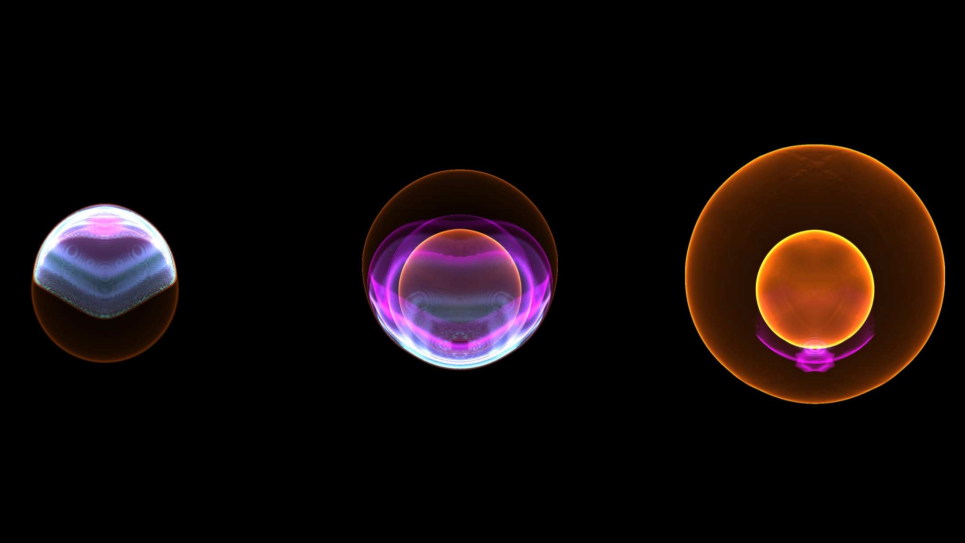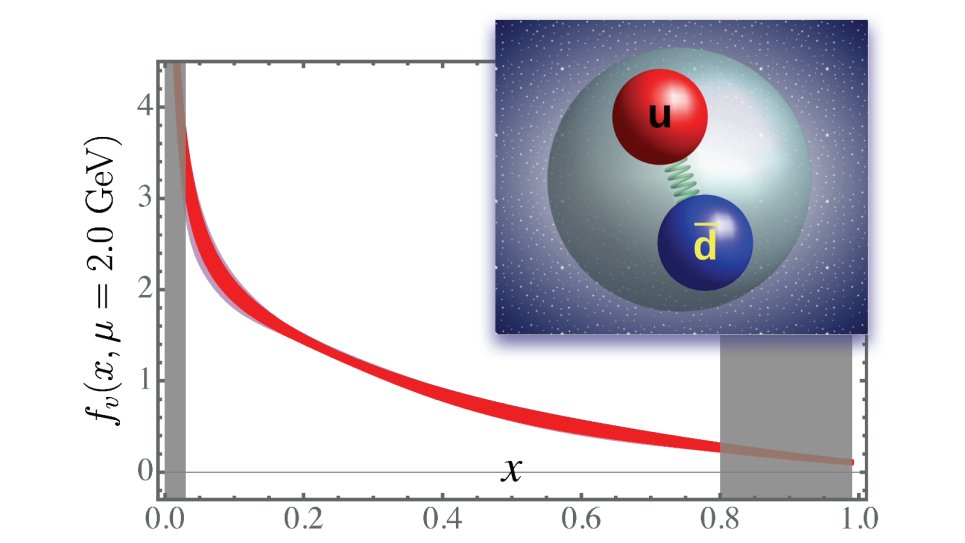The realization of fusion as a practical, 21st Century energy source requires improved knowledge of Helium plasma (He plasma) interactions with material surfaces. The improved knowledge can be used in the materials engineering and design efforts of component systems to survive the incredibly extreme heat and particle flux exposure conditions of a fusion power plant. An important component for the International Thermonuclear Experimental Reactor (ITER) device (an under-construction fusion reactor) is the divertor, which extracts unwanted heat and ash from the plasma during the fusion process. The objective of this project is to further advance understanding of the response of tungsten, the proposed material for the ITER divertor, to low energy He plasma exposure. Knowledge of He interaction with tungsten is necessary to identify materials design strategies to effectively manage high gas exposures expected in the fusion energy environment. This project will perform simulations at both the atomistic and continuum scale for comparison and benchmarking, as well as the identification of appropriate reduced-parameter models to describe complex, multiscale phenomena controlling gas behavior in fusion materials. The outcome will be a greater physical understanding and predictive modeling capability for materials design of the divertor for ITER.


